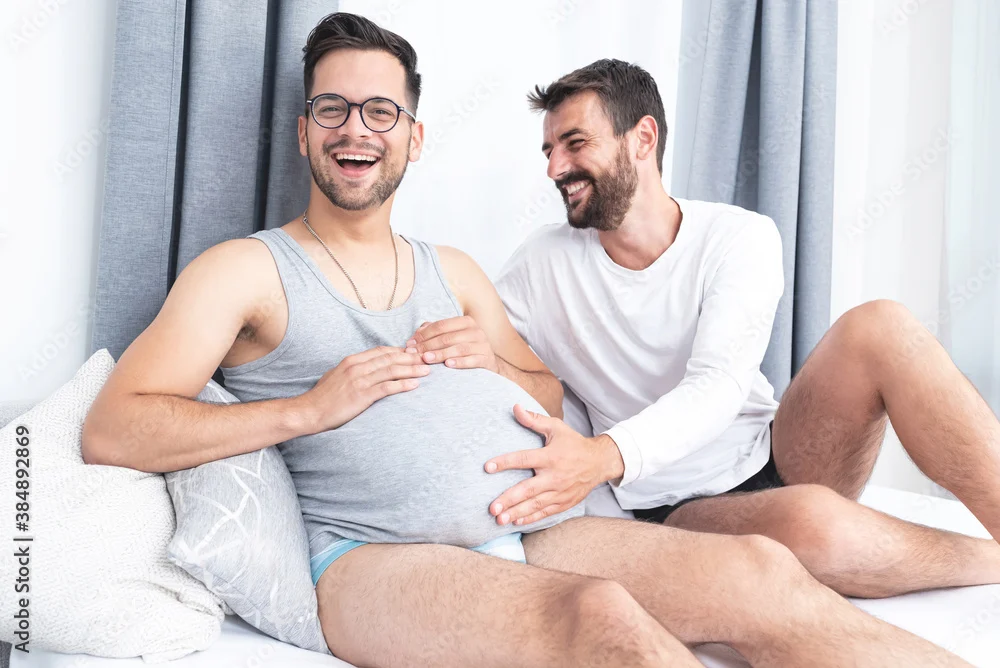As we approach the tenth anniversary of Obergefell v. Hodges in 2025, we reflect on the significant strides made towards marriage equality in the United States. This landmark Supreme Court decision not only legalized same-sex marriage nationwide but also highlighted the vital contributions of LGBTQ+ families in this ongoing fight for equality.
A Rich History of Unions
From the 1600s in Southern China to the vibrant LGBTQ+ communities of the 1930s Harlem, people have celebrated love in all its forms for centuries. However, it wasn’t until the 1990s that advocates began to push for the legal recognition of same-sex marriage in the U.S.
As one example, Danny shares a touching memory: “My parents, Ella and Sam, met in 1995 and had a commitment ceremony in 1996. They walked down the aisle to the theme song from Star Trek: Voyager, which I like to joke about as their way of boldly going where no one had gone before. They finally had a legal ceremony in 2009, the same year Iowa legalized same-sex marriage, followed by a larger celebration later that year. Although they have three anniversaries, we always commemorate their commitment ceremony from ’96.”
In the years leading up to this landmark decision, the Defense of Marriage Act (DOMA), enacted in 1996, limited federal marriage recognition to heterosexual couples. Consequently, families were denied access to over a thousand federal rights and benefits associated with marriage.
The Impact on Families
The need for recognition is poignantly illustrated by a child’s question: “Dad, are we a family?” This was asked by a four-year-old to his father in the hospital, after staff stated that his other father couldn’t sign documents because he was “not family.” This powerful question underscores the urgency of legal recognition for LGBTQ+ families.
In 2003, Massachusetts became the first state to legalize same-sex marriage, paving the way for couples like Mia and her partner to finally marry in the “place where we first met.” Mia recalls, “After 18 years together, we had been domestic partners several times, but this time felt different. We included our young children in the ceremony, giving them the important task of carrying our rings. Though there was a moment of chaos when our two-year-old ran away with the ring, it was a day filled with love.”
Navigating Inequities
As other states began to follow Massachusetts’s lead, many couples faced challenges. Couples like Leo and Ava had to travel to New York City to tie the knot, as marriage equality wasn’t recognized in their home state at the time. “Despite the magic of our wedding day, it was bittersweet knowing our marriage wouldn’t be recognized back home in Idaho,” shares Ava. “It’s baffling that some people fight so hard to deny something that brings families joy.”
The fight intensified with events like Proposition 8 in California in 2008, which temporarily rolled back marriage rights. Mark and Sarah, who had only been dating for three months at the time, took to the streets to protest and eventually got married in 2016 after an underwater proposal. Similarly, Shawn and Gerald exchanged rings at the last minute before the election, ensuring their commitment despite the looming uncertainty.
A Turning Point in Legislation
Fast forward to December 2012, when the Supreme Court agreed to hear pivotal cases challenging both Proposition 8 and DOMA. LGBTQ+ advocates rallied together, collecting stories from families across the nation, including the testimonies from children that showcased the real-life implications of marriage equality.
“There was a strong belief that marriage equality would provide legal protections for our kids and validate our families,” notes Steve, a former director of communications for Family Equality.
The Day of Recognition
On June 26, 2015, the Supreme Court ruled in favor of marriage equality in Obergefell v. Hodges, affirming that same-sex couples have the right to marry in all 50 states. Justice Kennedy’s opinion referenced the Voices of Children brief, emphasizing the importance of family and love.
As Kim reflects on this moment, she says, “Never did I think this day would come. Our children’s voices were instrumental in making this happen, allowing us to be recognized just like any other family.”
Conclusion
The journey towards marriage equality has been marked by numerous milestones and struggles. With the legal recognition that Obergefell v. Hodges granted, families can now embrace their love without fear of discrimination. For those looking to build families of their own, resources such as Make a Mom and Vegas Pregnancy provide essential support for home insemination and sperm donor matching. Additionally, Resolve offers valuable information about intrauterine insemination, ensuring that every family has the opportunity to thrive.
For those interested in exploring blood donation and its connection to insemination, check out this blog post. And if you want to stay informed about family dynamics and current trends, visit Modern Family Blog for insights into various topics, including vaping.
Summary
The article reflects on the history and significance of marriage equality in the U.S., detailing personal stories of LGBTQ+ families and their triumphs. It highlights the impact of Obergefell v. Hodges and provides resources for those looking to start their families through home insemination and related services.
